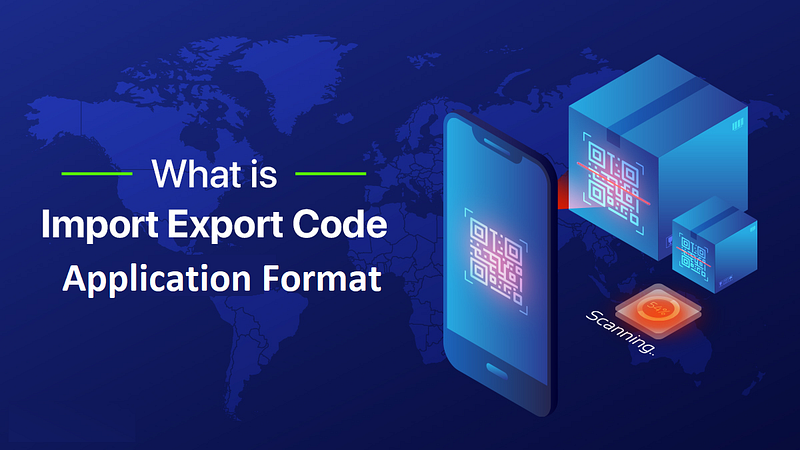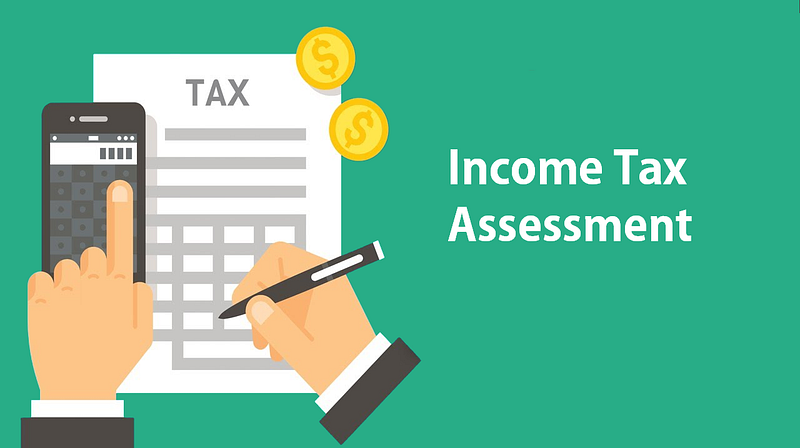
Meaning of presumptive taxation scheme
As per Section 44, businesses and professionals are required to take care of the Books of Accounts under Section 44AA, once they fulfil certain criteria and obtain them audited under Section 44AB in every fiscal year for the aim of tax .
Particularly, to relax their burden of keeping Books of Accounts,
The small taxpayerscan avail simple tax payment scheme of ‘Presumptive Tax’ under Section 44AD, 44ADA and 44AE of tax Act 1961.
WhereBooks of Accounts and Auditing are Mandatory?
Conditions for Books of Accounts
As per Section 44AA of IT Act,Books of Accounts should be maintained by Businesses/Professionals (including those that are eligible under ‘Presumptive Tax Scheme‘), who fulfil these conditions:
Income quite INR 120000 in last three preceding years.
Total turnover/gross receipts of business/profession is quite INR 10,00,000 in any of the previous 3 years
Who are eligible for the applicability under Section 44AD?
The taxpayers are divided in two cases to form clear the eligibility criteria under this section for the scheme of presumptive taxation.
Individuals
The individual taxpayers who can avail the advantages of the scheme of presumptive taxation under Section 44AD are:
1. Any individual resident
2. Resident partnership firms ( apart from indebtedness Partnership Firms LLP)
3. Resident Hindu Undivided families (HUFs)
Businesses
The businesses who are eligible to realize the advantages of the scheme of presumptive taxation under the Section 44AD are:
1. Any business
2. The business whose annual turnover and therefore the gross receipts within the previous fiscal year doesn’t exceed the limit of Rs. 2 crores.
Taxpayers who are restricted to adopt the presumptive taxation
Some of the exceptions to the present scheme under the section 44AD are as follows:
1. Individuals who have claimed deductions under Section 10A, Section 10AA, Section 10BA, Section 10B, or other deductions in reference to individual incomes.
2. The companies involved in hiring, leasing goods carriages, agency business or playing referred in section 44AE.
3. Individuals or firms involved in any kind of profession, during which the income is earned in terms of commission or brokerage ( professionals can adopt the scheme of presumptive taxation under Section 44ADA).
Computation of income and presumption of rates of income under section 44AD
1. Under the scheme of presumptive taxation, the eligible taxpayer has got to compute his income on the idea of estimation. The presumptive income is calculated at the speed of 8% of the annual turnover or the gross receipts of the business of the last fiscal year .
2. However as per budget 2018,If the gross receipts or annual turnover is received through account payee cheque or draft or any device then the presumptive income are going to be calculated at the speed of 6% of the annual turnover of the last year. this is often through with the aim of promoting digital transactions. This special provision of reducing existing rate of calculation of presumptive income is completed to encourage small businesses to simply accept the digital payments and become organized and use the electronic clearing systems by a bank.
Presumptive Taxation Scheme to be opted for five years
If an assessee has opted or presumptive taxation under section 44AD, then he/she is required to choose an equivalent scheme for a continous period of 5 years. If, in any case, he/she did not do so,then he/she won’t eligible to choose the scheme for subsequent 5 years.
Maintenance of books of account under section 44AD
The major provision associated with presumptive taxation is to offer relief to small or medium sized taxpayers from maintaining books of accounts. The individual or firm who adopts presumptive taxation under section 44AD isn’t susceptible to maintain books of accounts. they’re also not required to urge their accounts audited under this scheme.
Payment of Advance Tax under Section 44AD
An assessee is susceptible to pay his or her advance tax during a single instalment on or before the 15th of March of each fiscal year if he or she opts for presumptive taxation under Section 44AD. For any default in paying the advance tax , the assessee are going to be charged interest under Section 234C.
What are taxable Profits and Gains?
As per the section 44AD an assessee who opted for presumptive taxation will compute his income as 8% of the entire turnover or gross receipts of the last year. An amount above the previously computed amount as presumptive income claimed by an assessee shall be termed as gains and profits of the business that’s chargeable to tax under the top “Profits and gains of business or profession”.Presumptive Taxation Scheme under Section 44AD
For more information Click here




